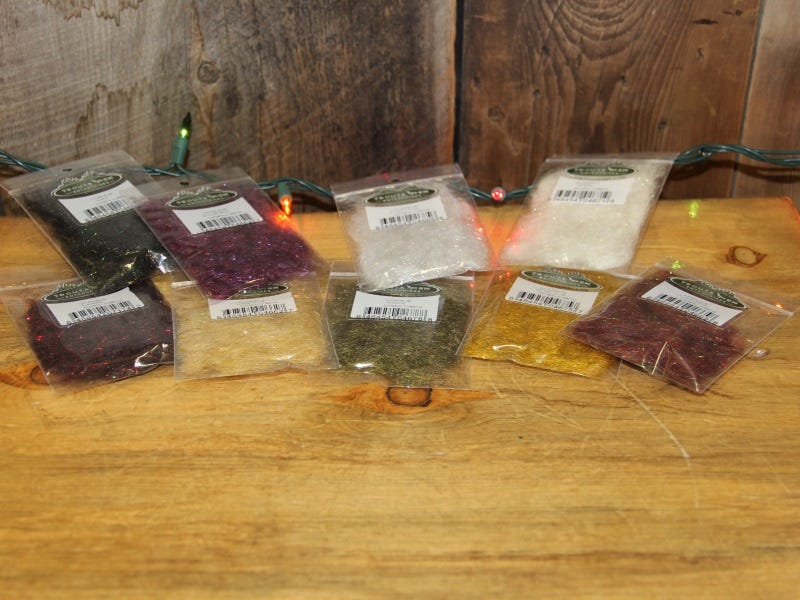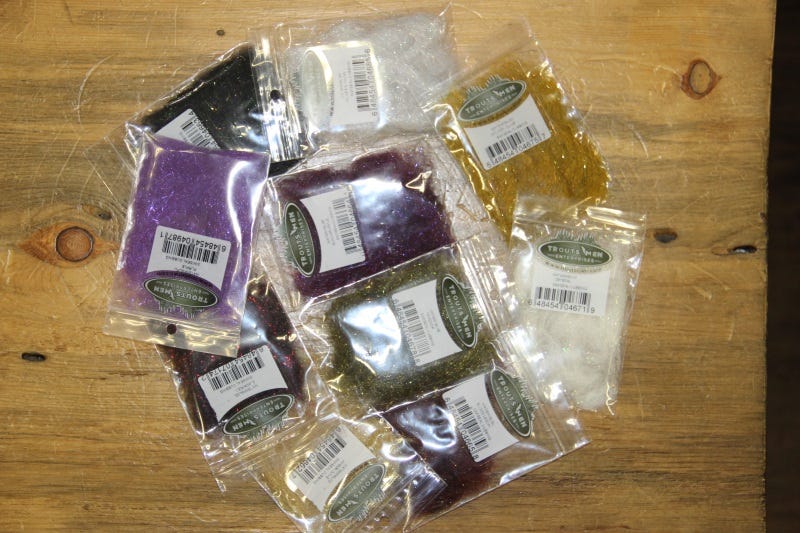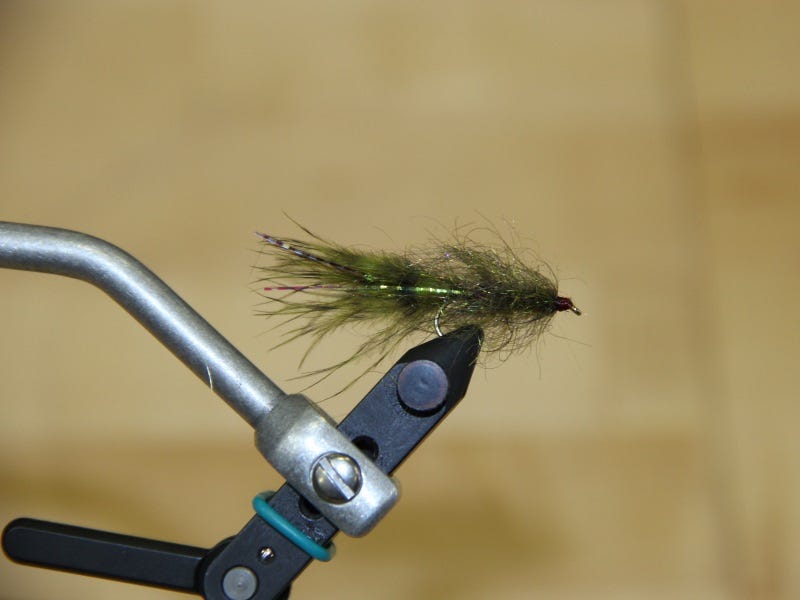Why Simi Seal Dubbing is Great For Tying Stillwater Flies


Simi Seal Fur Dubbing is one of the most unique materials in the fly-tying arena, and we feel that every stillwater angler should be using Simi in their lake patterns. So, when you’re sitting down behind the fly-tying vice, you should have Simi Seal dubbing close at-hand or you might wonder why your flies aren’t catching the next time you hit open water.
Simi Seal dubbing versus real seal fur dubbing
Simi Seal is a replacement material for real seal fur. Real seal fur was outlawed due to the Marine Mammals Protection Act of 1972. Due to its bugs and translucent appearance, tiers lamented the loss of real seal fur as an option. The good news is that Simi Seal is just as effective to work with and it helps to catch fish. Most who remember what real seal fur was like attest that the synthetic material is at least as good, if not better, than the original. The blending, dyes, reflectivity and user friendliness of Simi is a step forward those who tie stillwater patterns.
Denny Rickards’ and Phil Rowley’s Simi Seal stillwater patterns
Speaking of fly-tiers who focus on lakes, some of the most famous stillwater wizards incorporate Simi Seal in their lake patterns. Denny Rickards and Phil Rowley are well aware of the fish attracting properties of Simi Seal dubbing and use it widely in their most productive patterns.
Great stillwater flies
Famous patterns, such as the Seal Bugger (of course), and the Simi Seal Leech (balanced or not) take trout and warmwater species year-round. Simi Seal comes in a variety of colors, all provided by Troutsmen Enterprises. In the North 40 Fly Shop we carry Golden Olive, Black, Black/Red, Amber Olive, Blood Leech, Silver Minnow, Crystal, Black/Purple, Peacock, and Purple. We add more colors all the time.

How to tie flies with Simi Seal dubbing
Simi Seal Dubbing can be used while tying a number of different patterns. It can be used for tail material alone or with other materials, such as marabou. Place it in a dubbing loop and spin it up for a real buggy looking body. It can be used as standard dubbing, too. Just twist it around your thread for smaller profile bodies. Another application that is often overlooked is building small streamers. It works quite well for the head when tied in and swept back over the front of the hook.
So, stop in and check out our selection of Simi Seal dubbing. We can show you how to work with the material and also point out some productive local flies that use Simi Seal.

Tying flies with Simi Seal dubbing and Mini Barred marabou
Another new material that we carry is Mini Barred Marabou from Montana Flay company. This pairs perfectly with Simi Seal and there is something about the barred marabou that just makes flies come to life.
Currently we carry four colors—olive, tan, yellow and white. The applications for this material covers the basic spectrum of building a fly. Use it for the tail and bodies in your bugger patterns, dragon and damsel nymphs, and leeches. When using it as body material, tie it in by the tips, twist the marabou into a rope, and wrap it around the hook. I would strongly suggest you rib it with wire afterwards, which gives the body some security from breakage. One of the patterns that offers a new look to is the Hale Bopp Leech. The combination of the Mini Barred marabou and Simi Seal dubbing is killer on stillwater trout. You can also use the mini-barred marabou to build small Intruder-style flies. Various sculpin streamers also benefit from the barring of this marabou.
With these two materials, the Mini Barred marabou and the Simi Seal dubbing, you can create a wide array of patterns that are perfect for stillwater fishing and the results will be readily apparent as soon as the ice breaks up.
